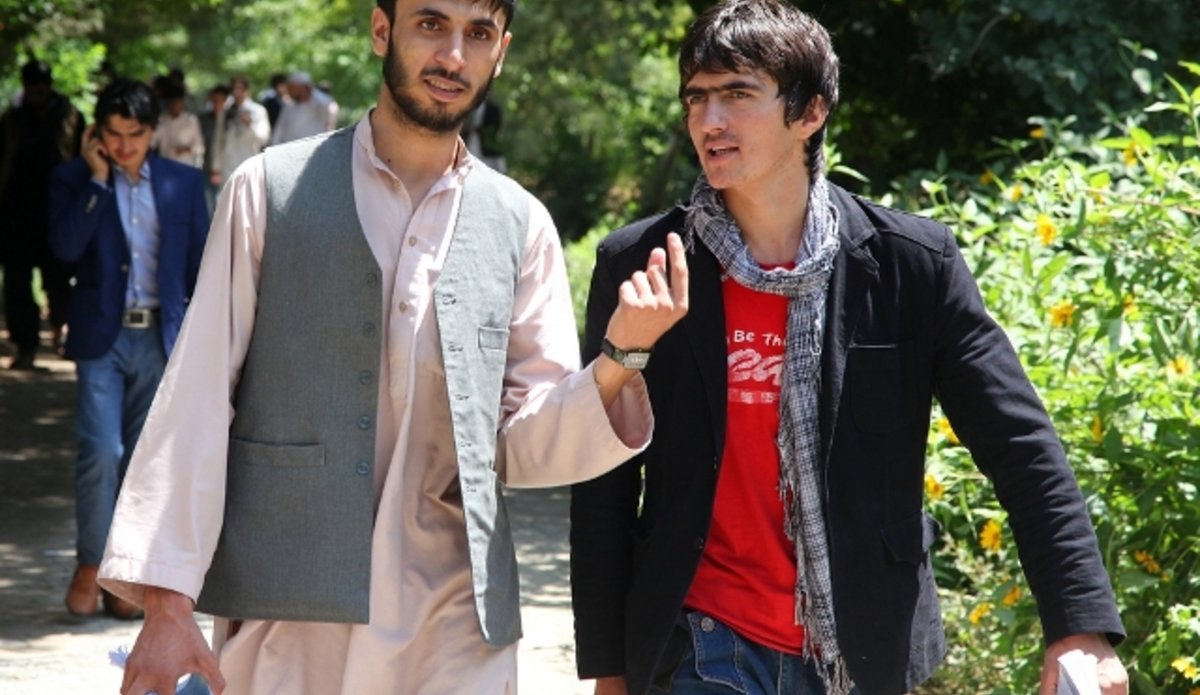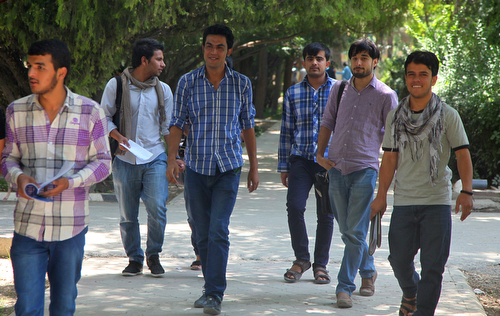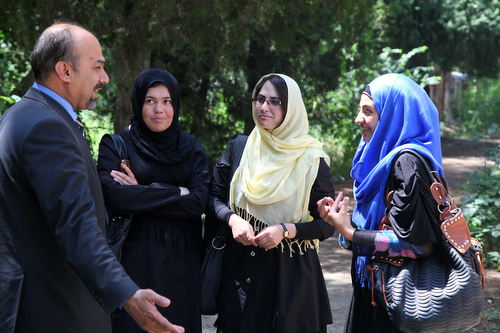Growth in number of Afghan high school graduates strains country's university system
KABUL - Despite a dramatic increase in the number of students enrolled in Afghanistan’s tertiary education institutions since 2001, the country’s education system is struggling to accommodate large volume of students aspiring to pursue higher education, according to officials.
The country’s Minister for Higher Education, Dr. Obaidullah Obaid, flagged this challenge at a ceremony organized to lay the foundation stone of a new computer science faculty building at Kabul University earlier this week, on the eve of International Youth Day (12 August).
Dr. Obaid said about 300,000 students will graduate from secondary schools in December and his ministry can enroll only about 120,000 of them in the country's universities. In 2001, only about 8,000 Afghan students attended the country's universities.
The five-year National Higher Education Strategic Plan (2010-2014), developed with support of the United Nations Educational, Scientific and Cultural Organization (UNESCO) and the World Bank, notes that although tertiary education in Afghanistan deteriorated dramatically during the 1990s things have changed since 2001. By 2009, 62,000 students were enrolled in higher education.
The Afghan Constitution guarantees education as the right of all citizens and Article 43 of the Constitution ensures free education up to the baccalaureate level.
In his message for this year’s International Youth Day, UN Secretary-General Ban Ki-moon encouraged UN Member States, youth-led organizations and other stakeholders to promote the rights of all young people and maximize the development potential of youth around the world, including in Afghanistan.
UNESCO continues to support the implementation of the five-rear plan. It is focusing on building capacities within the Ministry of Higher Education to design projects based on its resource mobilization strategy. It is also monitoring and assessing how the $560-million plan is implemented.
Another UN agency, the United Nations Children’s Fund (UNICEF), provides technical support to the Afghan Ministry of Education in the formation of policy and legislation, capacity development of teachers and administrators. It is also building an information management system, promoting girls enrolment and conducting outreach to out-of-school and marginalized children.
After the fall of the Taliban in 2001, UNICEF assumed the role of the Government’s leading partner in the reconstruction of the education sector. By 2011, UNICEF’s efforts with communities have resulted in the reopening of 400 schools in areas most affected by violence and intimidation against education, UNICEF notes on its website.
Minister Obaid expects the number of high school graduates ready to pursue tertiary education to increase to one million by 2020.
“The Ministry of Higher Education won’t be able to provide higher education opportunities for all of them,” the minister told the Lower House of Parliament (‘Wolesi Jirga’) in March.
“Lack of enough facilities such as classrooms and dormitories are the main reasons for limited enrollment capacity of the Ministry of Higher Education and the Ministry is trying to resolve the problems,” said Minister Obaid.
According to Afghanistan’s Central Statistic Organization, the country has a high percentage of young people, with over two-thirds of the population under 25 years of age – and most of them do not have access to higher education.
 UN
UN










